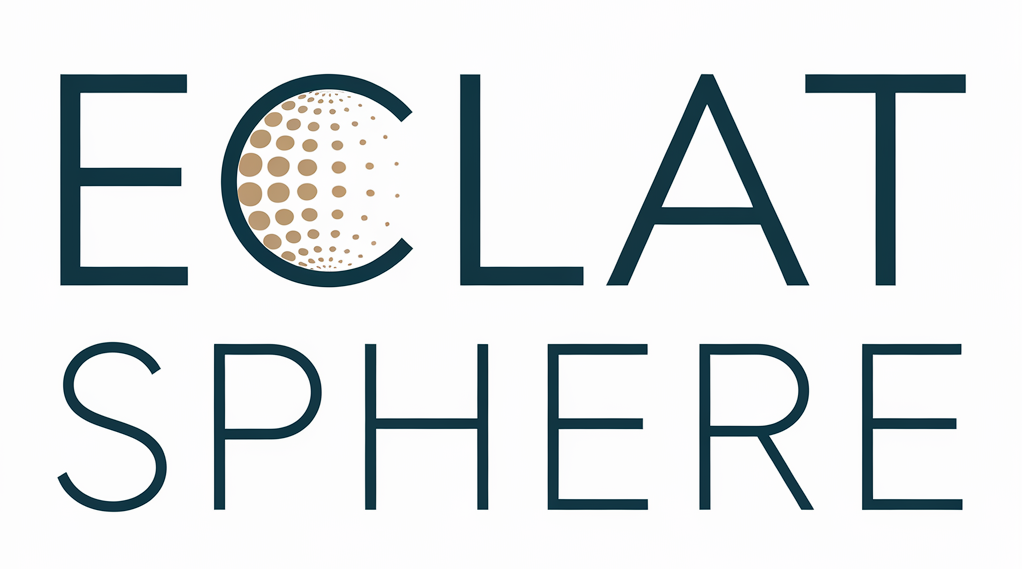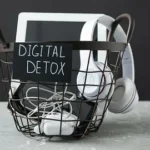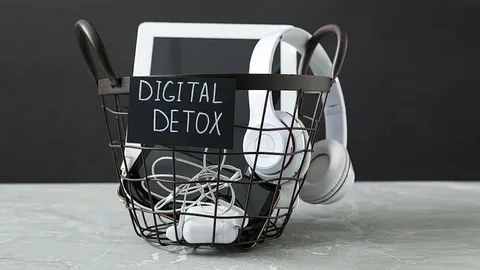In today’s always-on culture, constant notifications, endless scrolling, and digital distractions have quietly become part of daily life. While technology brings many benefits, there’s growing awareness about its impact on mental health, focus, and real-world relationships.
A digital detox offers a much-needed reset — a conscious break from screens to reconnect with yourself and the world around you.
What Is a Digital Detox?
A digital detox means intentionally stepping away from devices like smartphones, laptops, and social media for a set period. The goal isn’t to eliminate technology entirely but to create healthy boundaries and reduce digital overwhelm.
Whether it’s a weekend offline, phone-free evenings, or app-free mornings, even small breaks can make a meaningful difference.
Signs You Might Need a Digital Detox
Here are some common indicators that it might be time to disconnect:
- Feeling anxious without your phone nearby
- Difficulty focusing for long periods
- Checking notifications out of habit
- Trouble falling asleep due to late-night screen time
- Less time spent on offline activities like reading, walking, or socializing
Recognizing these patterns is the first step in regaining control over your digital habits.
Benefits of Unplugging
Taking time away from screens can lead to several powerful benefits:
Improved Mental Clarity
Reducing screen time allows your mind to rest. You become more present, creative, and focused—free from constant digital noise.
Better Sleep
Blue light from screens disrupts melatonin production, making it harder to fall asleep. A break from devices before bed helps restore natural sleep patterns.
Stronger Relationships
Spending more time offline creates space for deeper conversations and meaningful real-world connections—without the distraction of constant alerts.
Increased Productivity
Without the pull of endless notifications or social media scrolling, you can accomplish more in less time, with greater intention and flow.
How to Start a Digital Detox
You don’t need to go off the grid completely to feel the benefits. Try one of these practical approaches:
Set Boundaries
Establish “tech-free” hours during the day—such as mornings, meal times, or the hour before bed. Stick to those boundaries as if they were appointments.
Turn Off Non-Essential Notifications
Silence alerts from apps that aren’t urgent. This simple act drastically reduces interruptions and helps you stay focused on what truly matters.
Curate Your Digital Environment
Delete or limit apps that drain your time or energy. Keep only what adds value to your daily life.
Create Offline Moments
Read a physical book, cook without background noise, or take a walk without your phone. These simple acts reconnect you with the present moment.
Finding Balance, Not Elimination
The goal of a digital detox isn’t to reject technology—it’s to use it with intention. Technology should support your lifestyle, not dominate it. By stepping back and reassessing your habits, you gain the power to make choices that align with your values.
Final Thoughts
A digital detox is more than just switching off your phone—it’s an invitation to be more mindful, more present, and more in tune with your own life. Even a small step toward disconnecting can lead to a greater sense of peace, balance, and fulfillment.
Reclaim your time, your energy, and your clarity—one mindful moment at a time.






